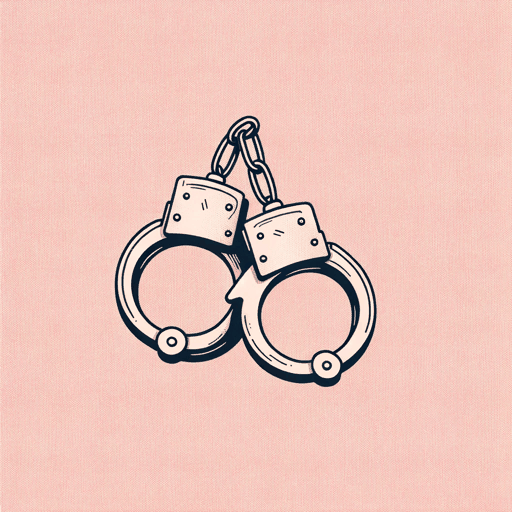52 pages • 1 hour read
E. L. DoctorowThe Book of Daniel
Fiction | Novel | Adult | Published in 1971A modern alternative to SparkNotes and CliffsNotes, SuperSummary offers high-quality Study Guides with detailed chapter summaries and analysis of major themes, characters, and more.
Background
Historical Context: McCarthyism and the House Un-American Activities Committee
During the mid-20th century, the United States was gripped by a climate of intense fear and suspicion which became known as the Red Scare. This era was characterized by paranoia about Soviet influence in American society. The Red Scare manifested in two major waves: the first following World War I and the second, more infamous wave during the late 1940s through the 1950s. The latter phase, often referred to as McCarthyism, was named after Senator Joseph McCarthy, a Wisconsin Republican whose aggressive tactics fueled the paranoia. McCarthy capitalized on the prevailing anxiety by asserting that communists, painted as “un-American,” had infiltrated various sectors of American life, most notably government institutions. He claimed to possess a list of known communists within the government, though this list was never substantiated. McCarthy's allegations, while lacking substantial evidence, struck a chord with the public and ignited a nationwide witch hunt for suspected communists or sympathizers. This Red Scare disproportionately affected minorities, particularly LGBTQ+ people in professional positions. This ousting of LGBTQ+ people from public positions as suspected communist sympathizers is known as the Lavender Scare, an offshoot of McCarthy’s Red Scare.
McCarthy's rise to prominence came in 1950 when he delivered a speech in Wheeling, West Virginia, asserting that he had a list of 205 State Department employees who were members of the Communist Party.
Related Titles
By E. L. Doctorow






